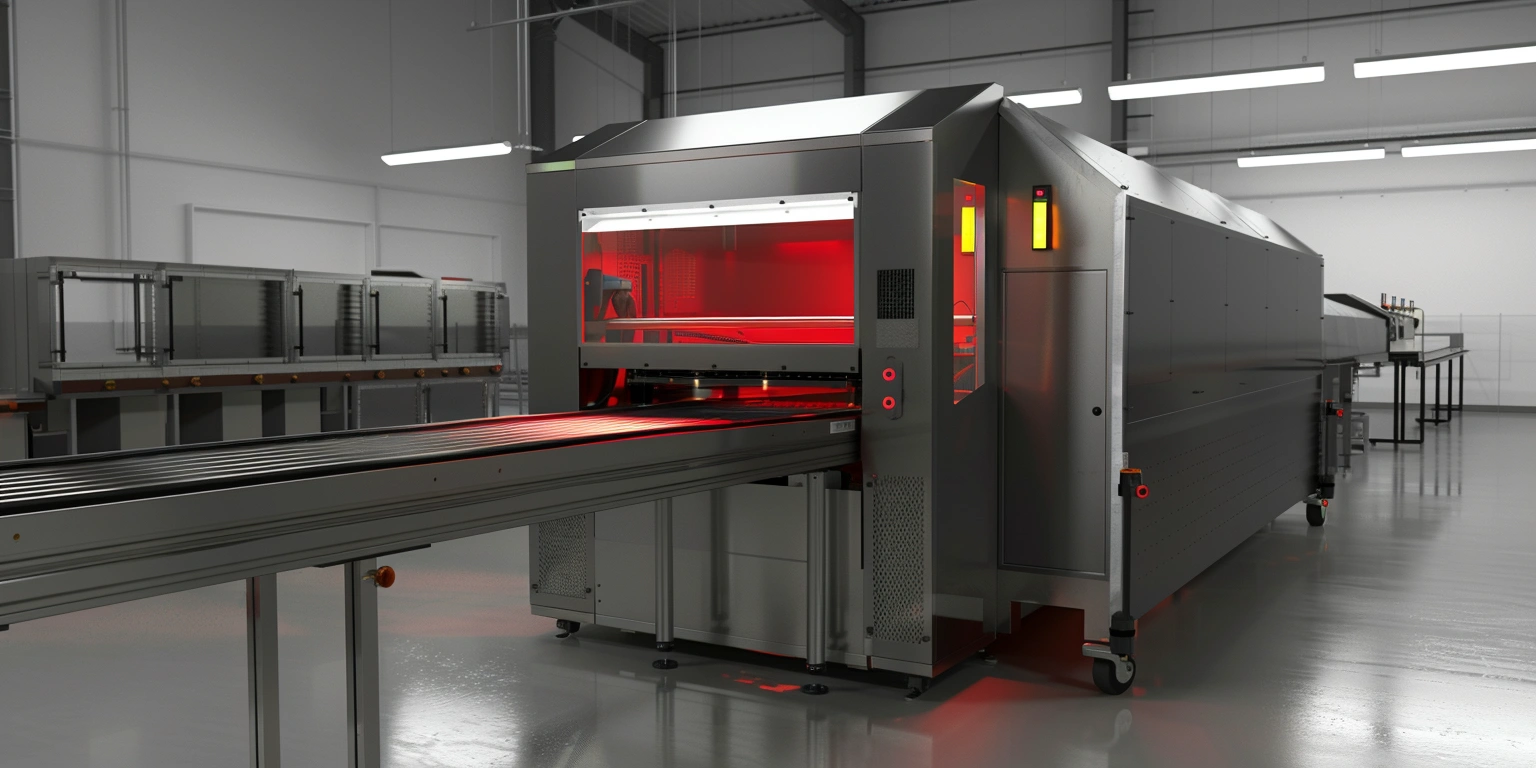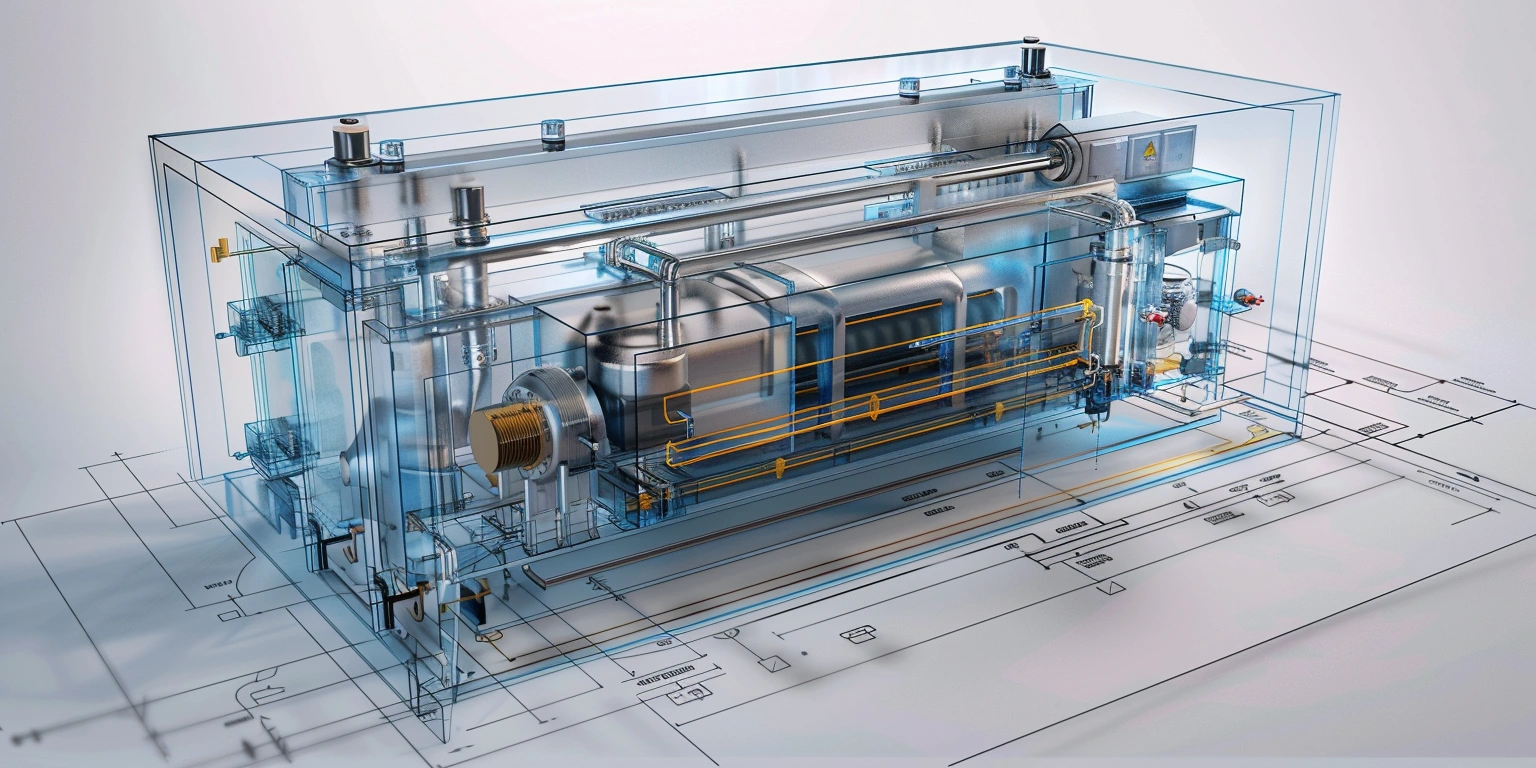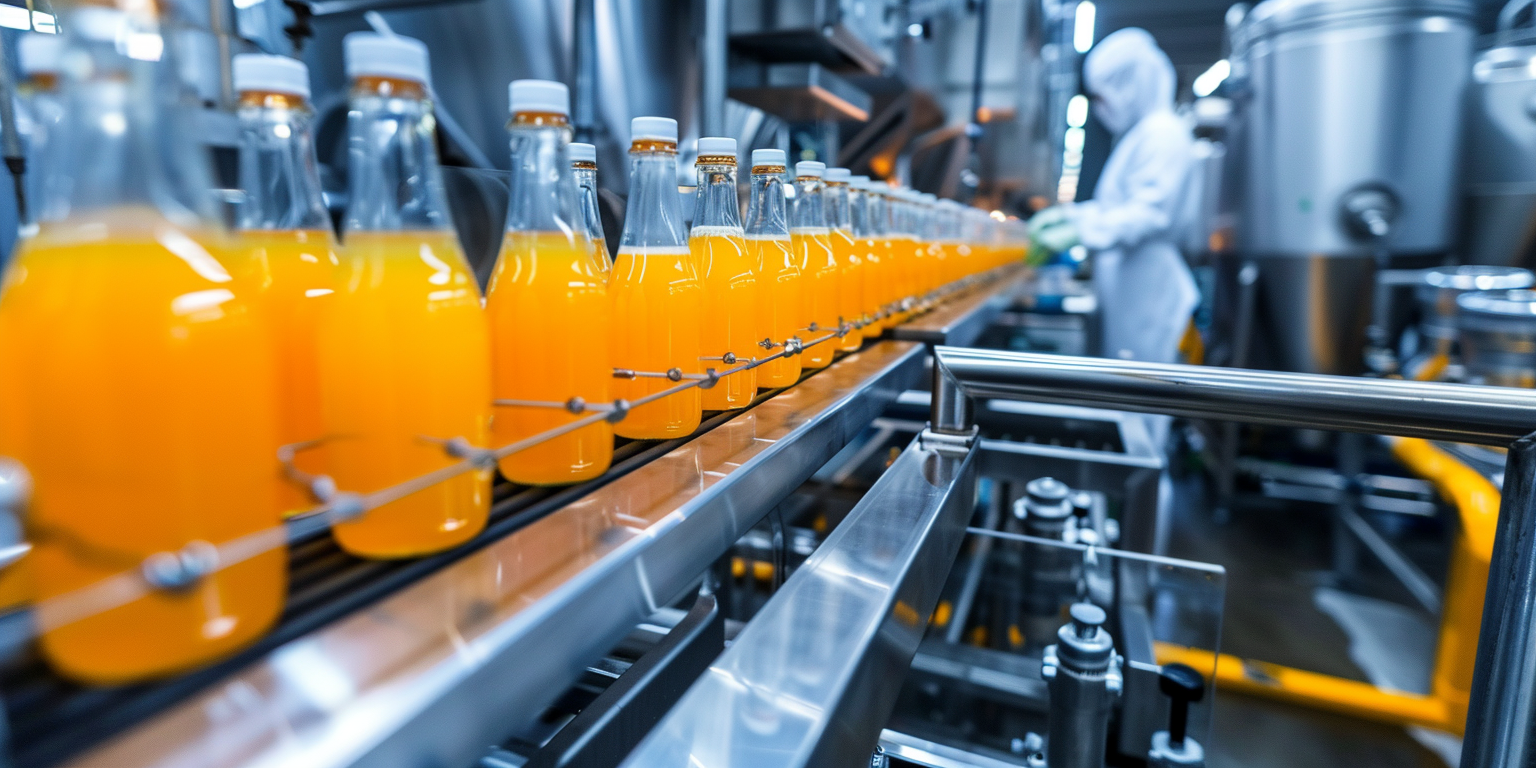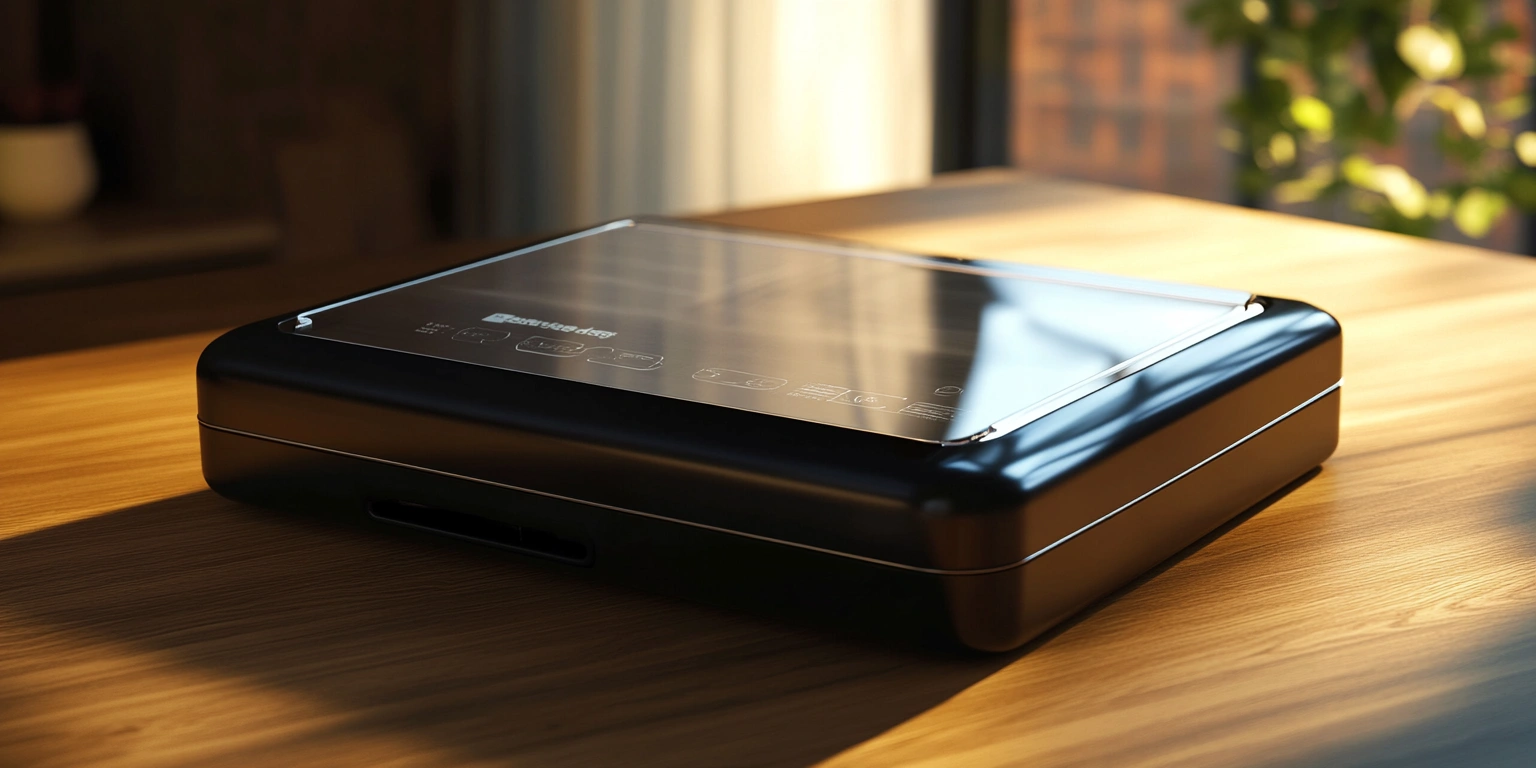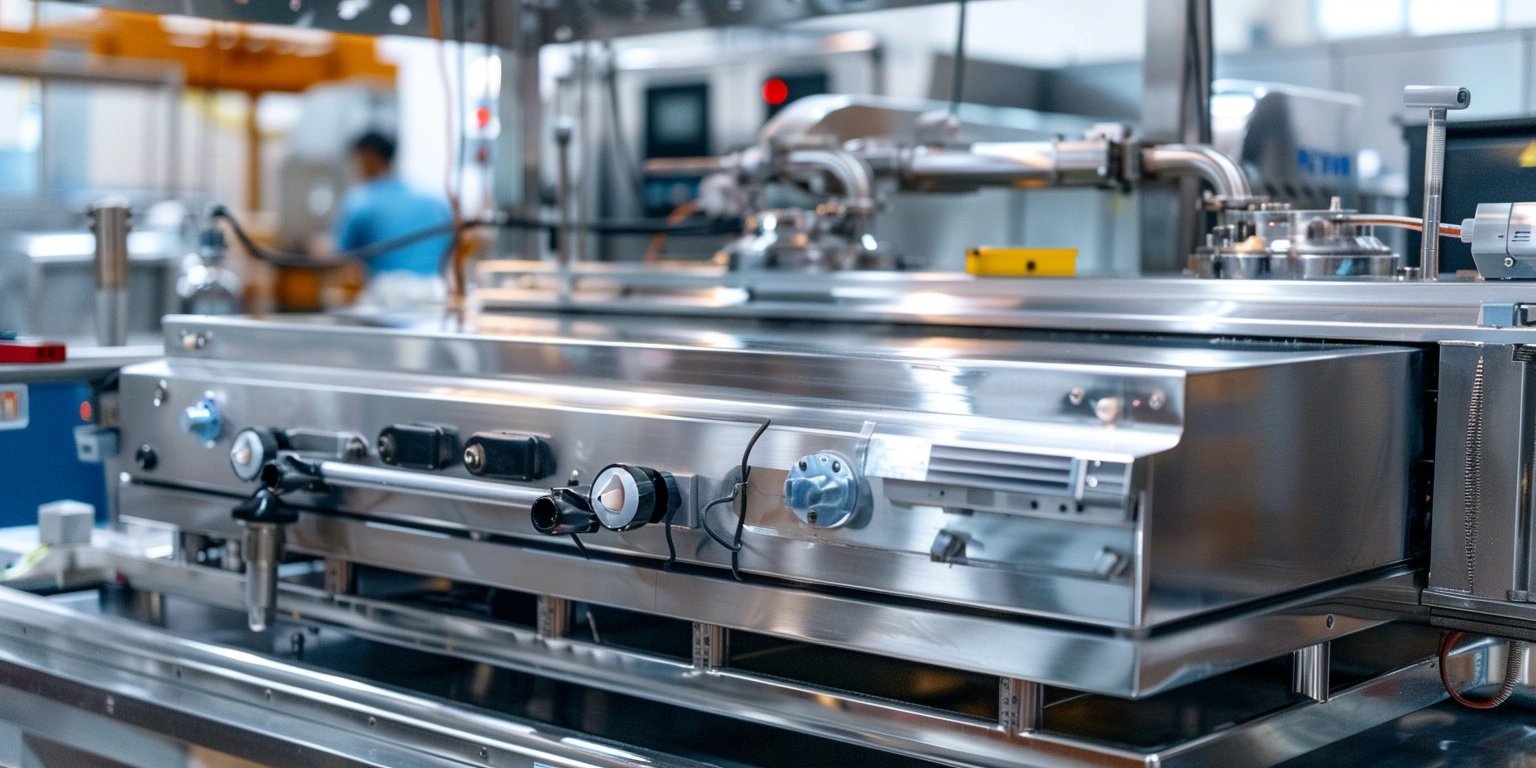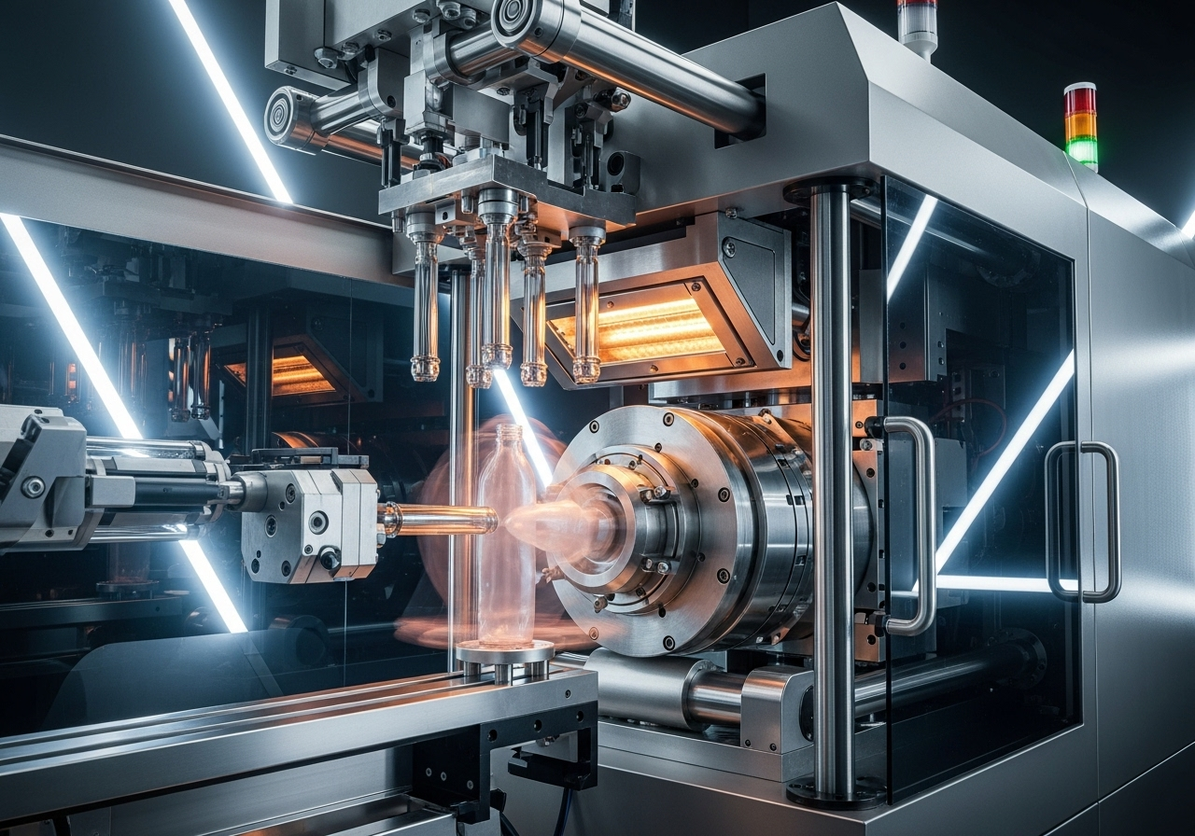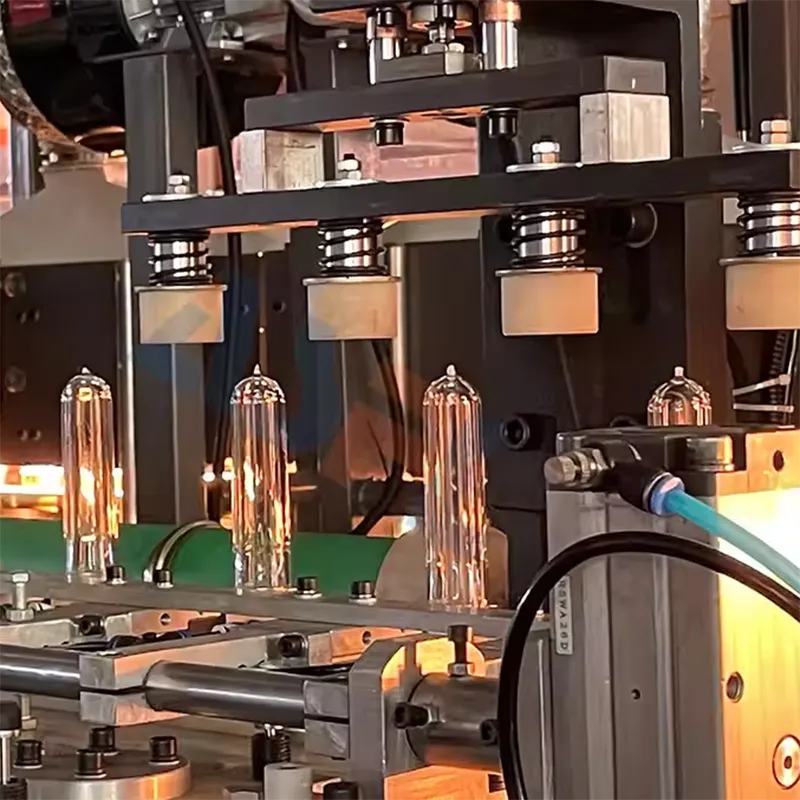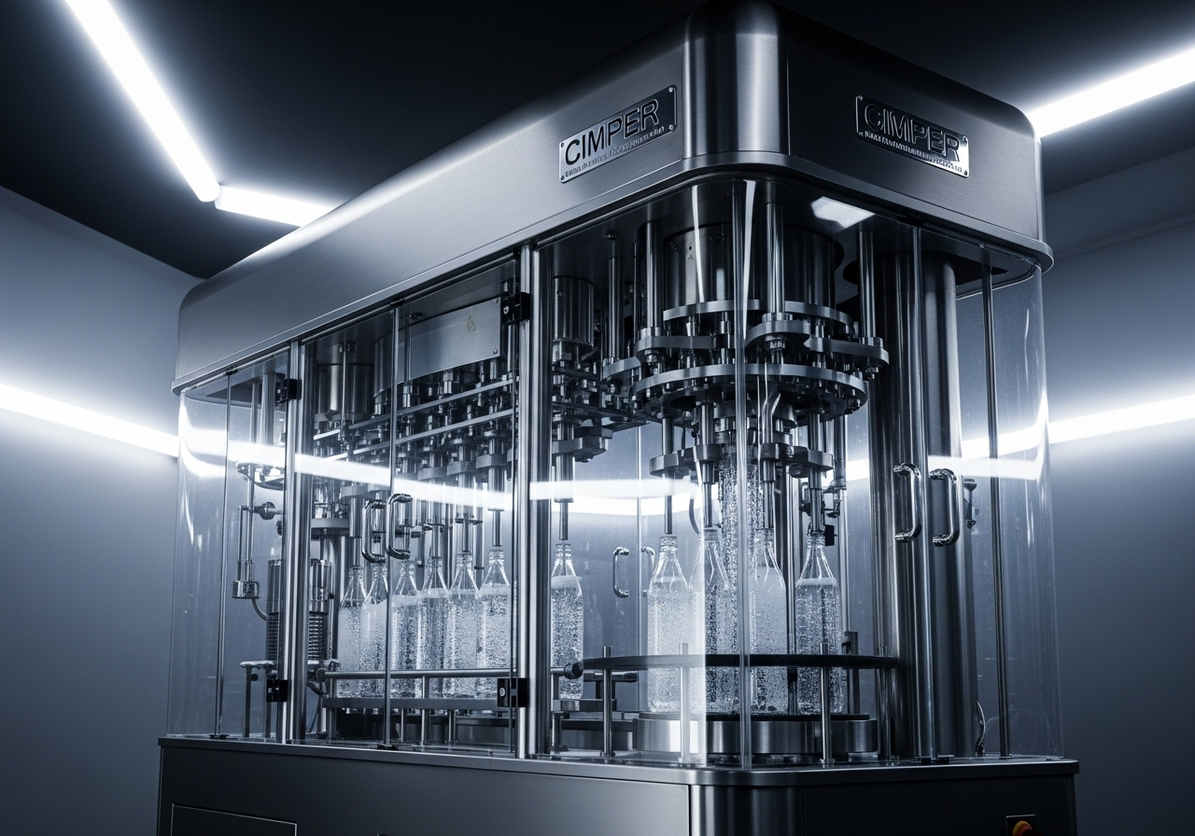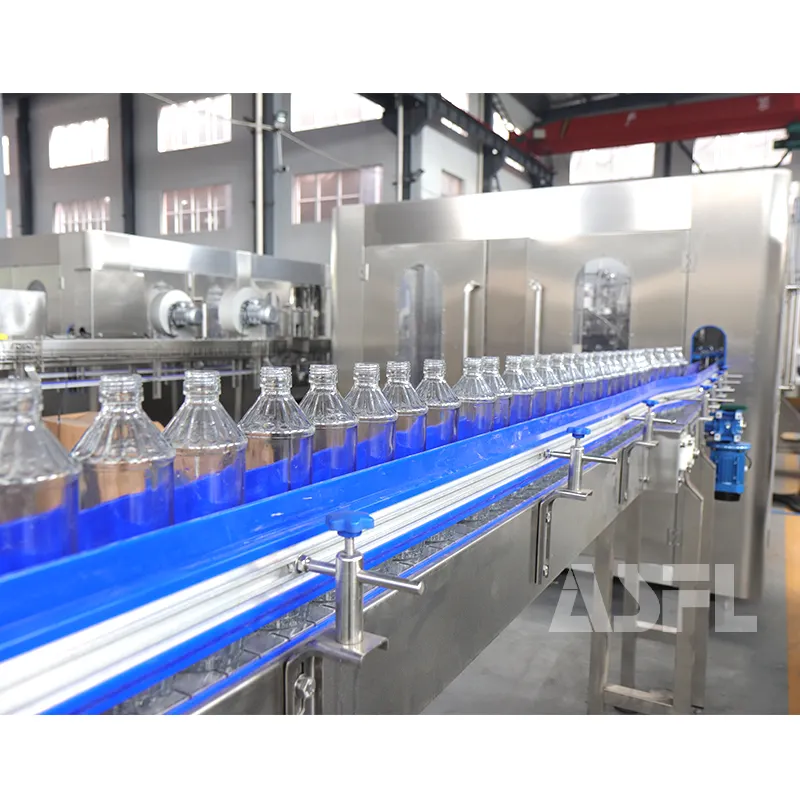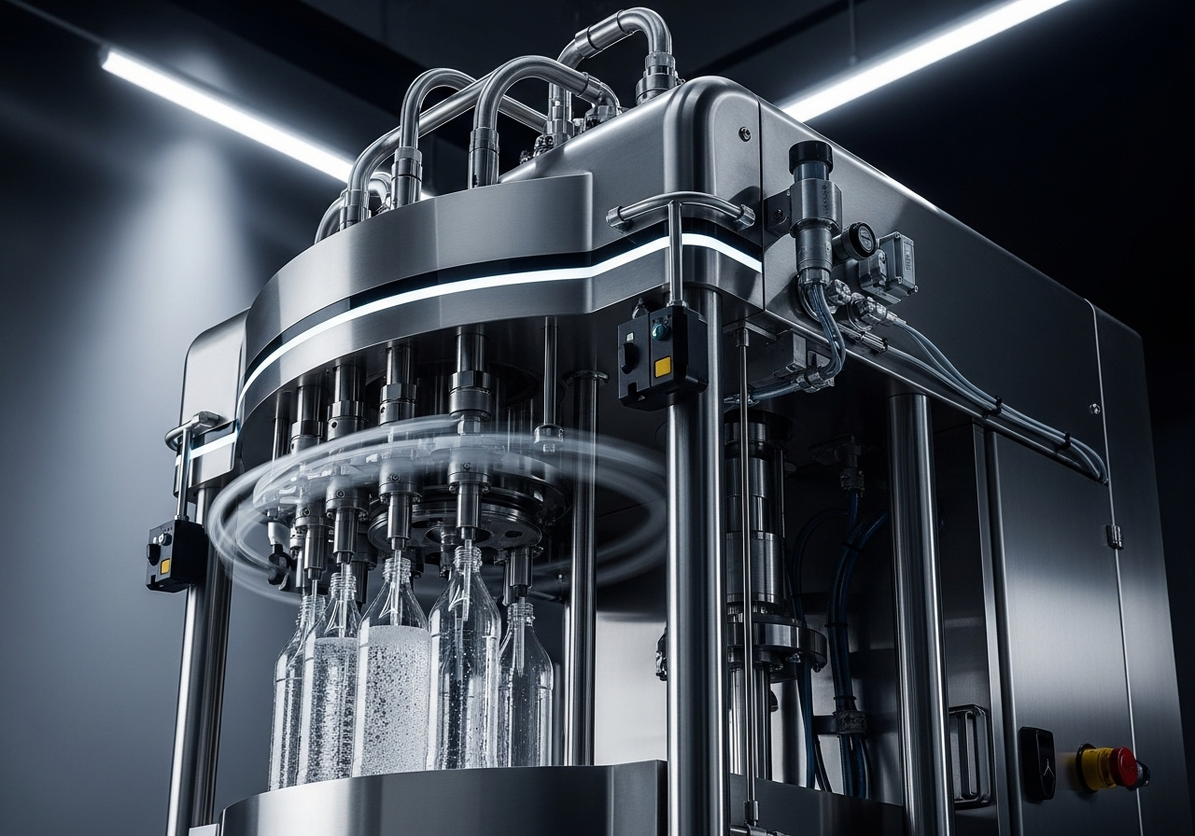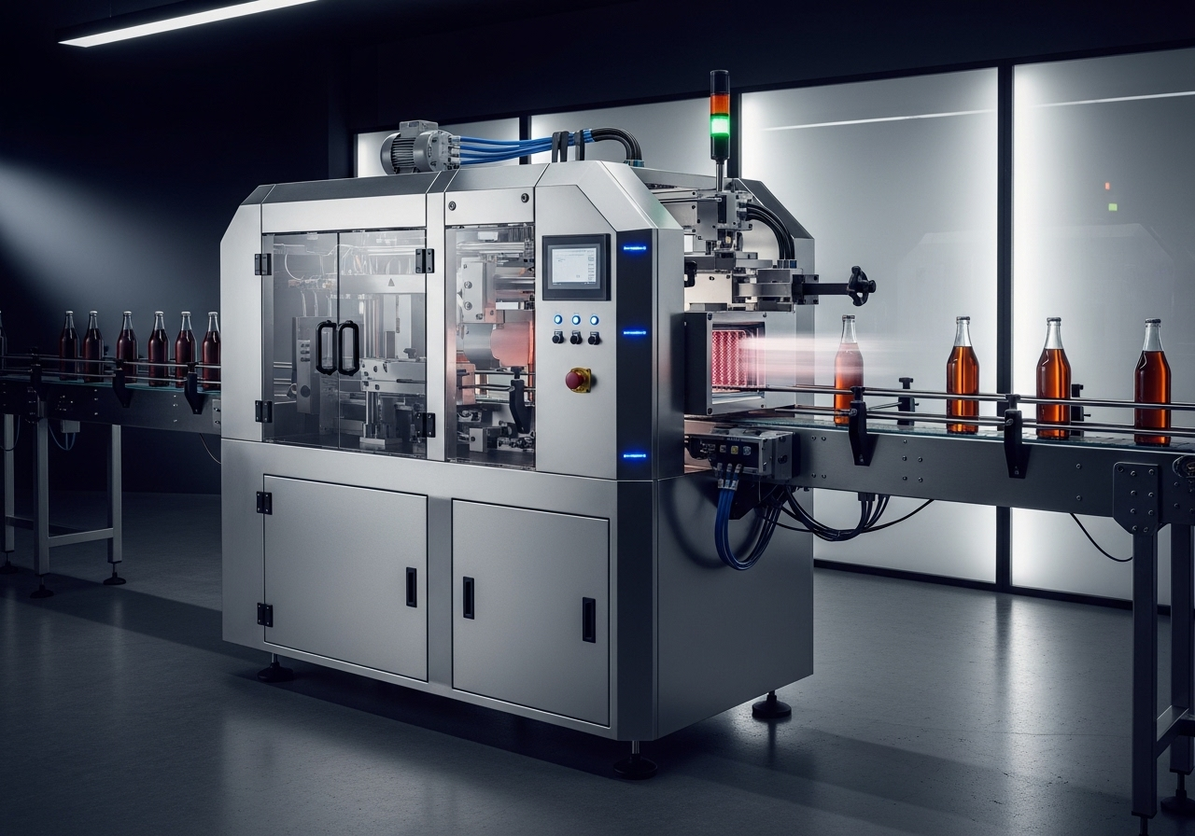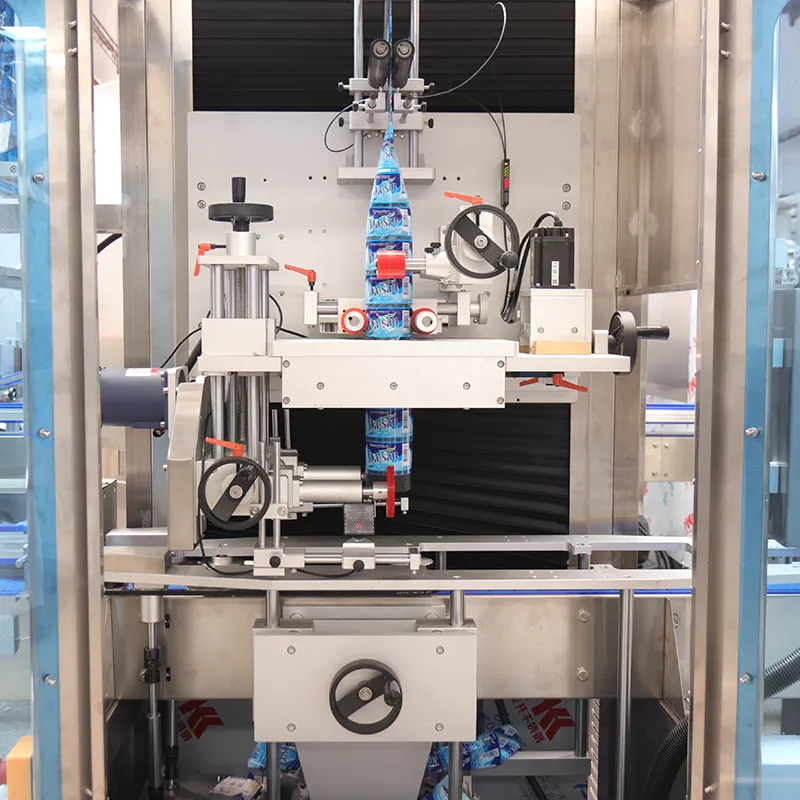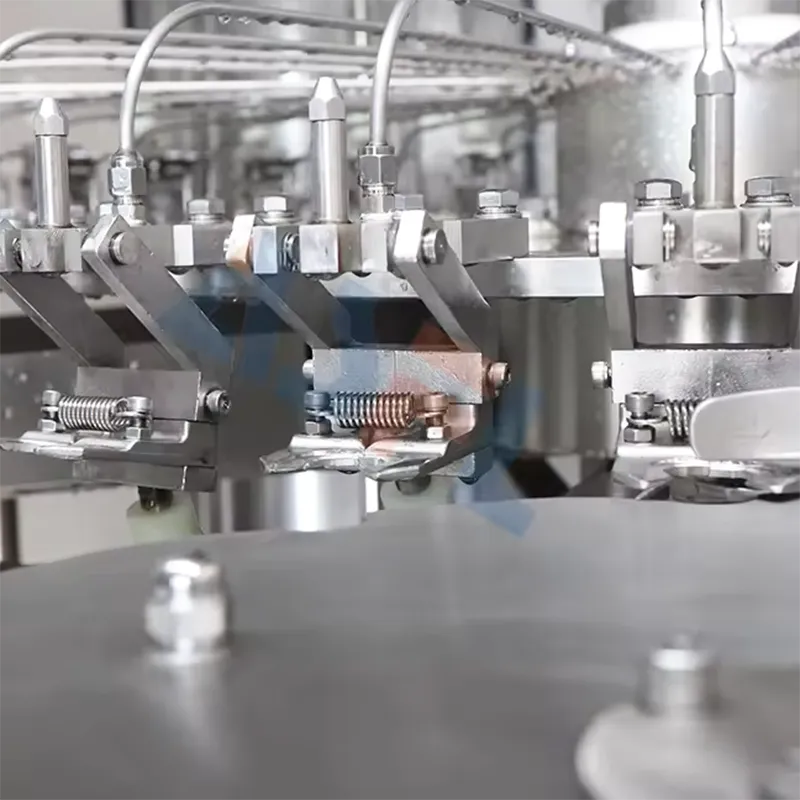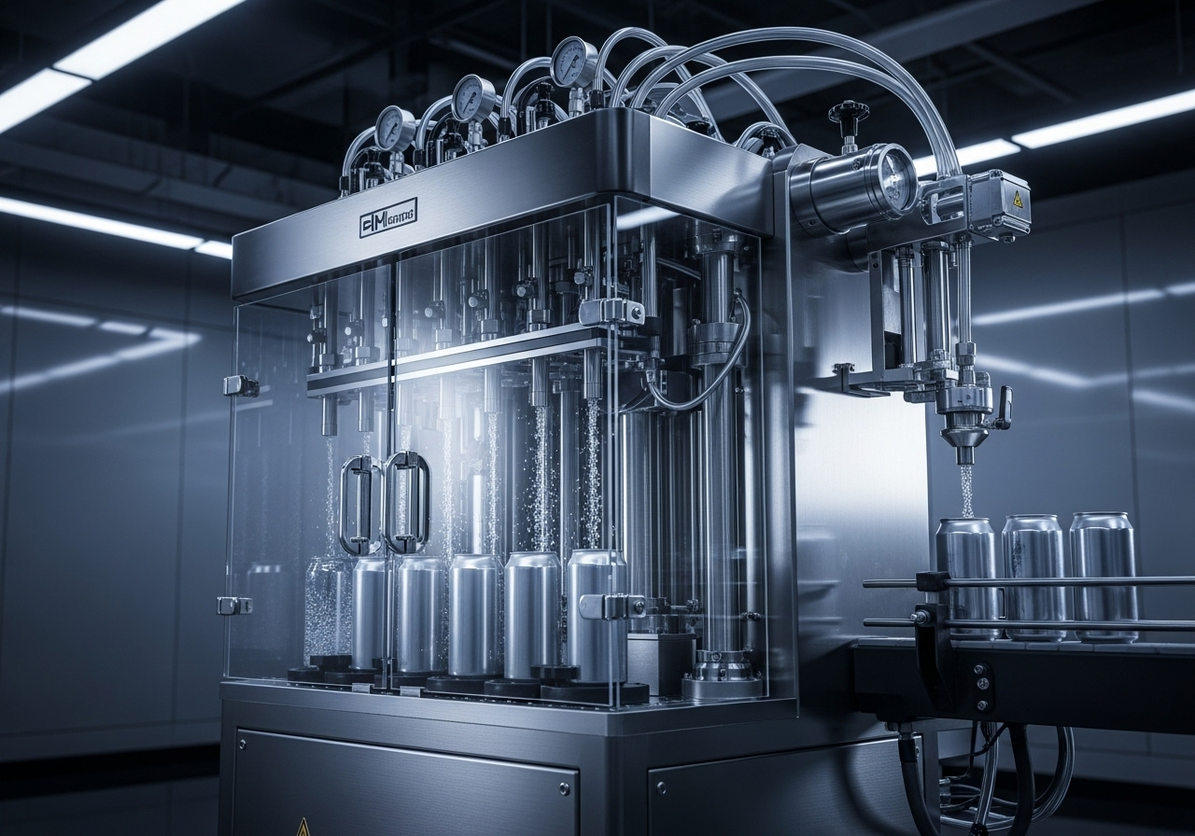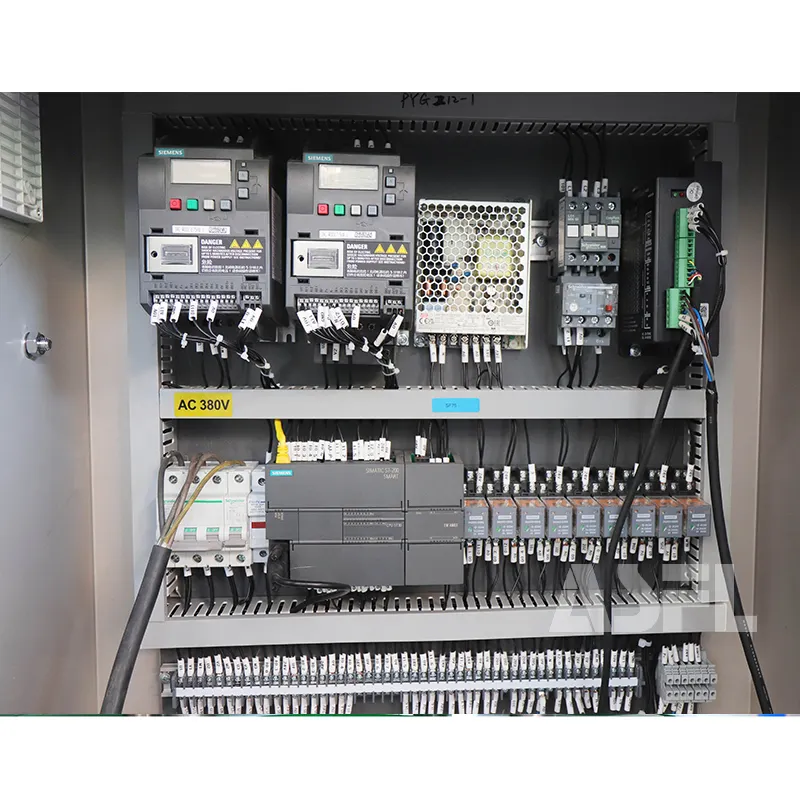It's 11:40 PM on a Tuesday, and the vacuum packaging line stalls again—third stop this shift. Orders stack up; operators look at me for the call. Do we push speed, or do we pause and tune the seal bar? I hate these moments because the wrong choice means scrap and another batch of relabeling.
In Europe, with tight retailer slots and compliance pressure, those stops hurt more than they seem. Based on insights from ASFL field visits, the choice isn't just “run faster” or “buy new.” It's a set of smaller, steadier decisions that remove friction: how we change over, how we maintain vacuum, and how we set recipes so operators don’t reinvent the process at 2 AM.
Here’s the uncomfortable truth: you can trim unplanned stops without new machinery, but only if you accept a few trade-offs and build a rhythm the team believes in. That’s where the real gains come from.
What's Actually Causing the Downtime?
When we mapped stops across two packaging cells, the pattern wasn’t random. Most interruptions clustered around changeovers, seal integrity checks, and film feed adjustments. OEE hovered in the 62–70% range, not because the core equipment was weak, but because our process lost rhythm. Operators had three different ways to set the recipe, and vacuum pump maintenance slid when production spiked. From the floor view, this feels like chaos; from the data, it’s a few repeatable friction points. ASFL audits flagged the same trio in other plants—changeovers, vacuum health, and inconsistent seal settings.
Another root cause: mixing consumer assumptions into industrial workflows. I hear questions on the floor like, “Can we just run with foodsaver vacuum sealer bags?” And searches such as “ASFL vacuum sealerealer bags near me” pop up in purchase requests. They’re not wrong to look for quick fixes, but industrial lines depend on film-gauge stability, bag geometry, and heat distribution that consumer-grade supplies can’t guarantee. ASFL operators who anchor on verified materials cut a lot of guesswork when the line gets hot.
Seal failure is often mundane: a worn gasket, a nozzle misaligned by a few millimeters, or a seal bar with hot spots. In one week, 3–5% of packs flagged for microleaks, and the majority traced back to maintenance that kept slipping past the window. In the European context—think CE compliance and retailer QA—the fix isn’t flashy. It’s a disciplined maintenance cadence and a single source of truth for settings. That’s not glamorous, but it’s what keeps ASFL lines steady through night shifts.
The Trade-offs Nobody Mentions
We tested three choices side by side: 1) push speed by 10–15% and tame the fallout later; 2) hold speed steady and invest in pump health plus seal bar uniformity; 3) slow a notch to keep consistency and protect the shift’s pack-out. The first option looked good on paper, then scrap rose from about 2% to 5–6% under pressure. The second felt boring, yet it stabilized the night. The third was the safest but painful when sales shouted for volume. People ask, “what is the best vacuum food sealer?” On an industrial line, the better question is which approach keeps the whole system in control. A solid chamber unit—think a minipack vacuum sealer class machine—pays off only if your settings and materials are consistent.
Here’s the catch. The steady option demands discipline: planned pump maintenance, fixed recipe libraries, and slower ramp-ups after changeovers. It also needs manager cover when a line holds back for five minutes to reset seals. From my seat, I’ll take predictability over speed spikes. ASFL guidance mirrors that: start with a stable baseline, then move in small steps. It reduces the dramatic moments and keeps operators confident enough to make tiny adjustments without calling engineering at midnight.
Quick Wins That Built Momentum
We didn’t wait for capital. We set a pump oil change cadence at 250–300 hours, added a three-point seal bar check at the start of each shift, and wrote a changeover checklist that the team actually uses. With those basics, changeover time moved from roughly 35–45 minutes to about 25–30. The minutes we recovered mattered more than they looked because they eliminated the shaky first runs after changeover. ASFL checklists felt almost too simple, yet they were the difference between a calm shift and a scramble.
Recipes were another quick win. We locked nozzle height, vacuum dwell, and seal dwell in named presets and added a 12-minute operator refresher each week. Errors in recipe selection fell from 8–12 per week to 3–4, and the mood on the floor changed—less guessing, fewer calls for help. If you run sealer vacuum packaging across different bag sizes, don’t let every shift write its own rules. A shared library beats tribal knowledge when the line gets busy.
On the mechanical side, we standardized nozzle height and seal dwell: 0.3–0.5 seconds for this film, a touch longer for thicker bags, and one test run before full speed. It’s simple, but that tiny pause stabilizes the seal without cooking the film. Once the team saw that stability, they stopped chasing speed in the first five minutes. That’s when the line starts to feel “easy,” and ASFL operators lean into the routine instead of improvising.
How It Actually Works (Plain English)
Vacuum packaging isn’t mysterious. You pull air from the bag, hold it under controlled vacuum—often in the −80 to −95 kPa range—and apply heat and pressure to create a uniform seal. Chamber machines do this by putting the entire bag in a controlled environment; external sealers do it at the bag mouth with a nozzle. In a plant, a chamber unit in the minipack vacuum sealer category gives consistent vacuum levels, while external sealers offer flexibility for larger items. The trick isn’t the badge; it’s matching the machine class to your film, product geometry, and daily mix.
If you need a takeaway, it’s this: choose steadiness first. Fix the maintenance rhythm, standardize recipes, and tune seals to the material you actually run. Then increase speed in small steps. Do that, and the night shift stops feeling like a fire drill. That’s been the most honest win in our European plant, and it’s aligned with how ASFL teams keep vacuum lines calm under pressure.


